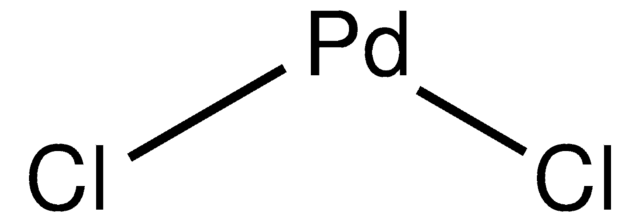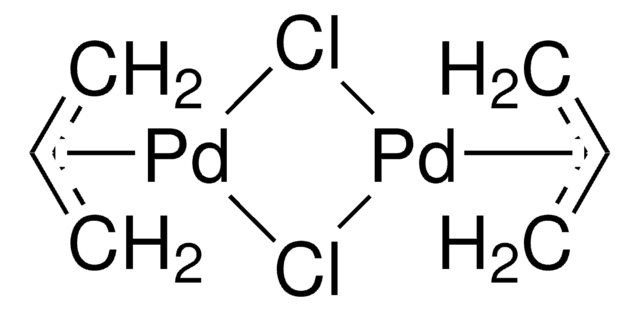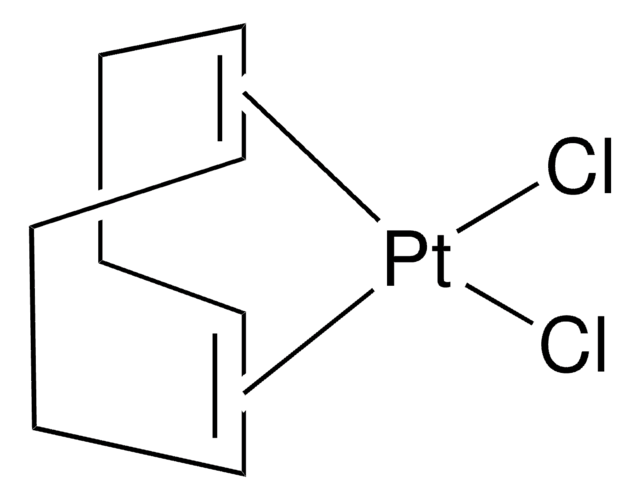223689
Bis(benzonitrile)palladium(II) chloride
95%
Synonym(s):
Benzonitrile, palladium complex, Bis(benzonitrile)dichloropalladium(II), Bis(benzonitrile)palladium(II) chloride, Bis(phenylnitrile)dichloropalladium, Dibenzonitrilepalladium dichloride, Dichlorobis(benzonitrile)palladium, Dichlorobis(benzonitrile)palladium(II), Dichlorobis(phenyl cyanide)palladium, Palladium dichloride bis(benzonitrile), Palladium(II) chloride bis(benzonitrile) complex
About This Item
Recommended Products
Quality Level
Assay
95%
form
powder
reaction suitability
core: palladium
reaction type: Buchwald-Hartwig Cross Coupling Reaction
reaction type: Heck Reaction
reaction type: Hiyama Coupling
reaction type: Negishi Coupling
reaction type: Sonogashira Coupling
reaction type: Stille Coupling
reaction type: Suzuki-Miyaura Coupling
reagent type: catalyst
greener alternative product characteristics
Catalysis
Learn more about the Principles of Green Chemistry.
sustainability
Greener Alternative Product
mp
131 °C (lit.)
greener alternative category
SMILES string
Cl[Pd]Cl.N#Cc1ccccc1.N#Cc2ccccc2
InChI
1S/2C7H5N.2ClH.Pd/c2*8-6-7-4-2-1-3-5-7;;;/h2*1-5H;2*1H;/q;;;;+2/p-2
InChI key
WXNOJTUTEXAZLD-UHFFFAOYSA-L
Looking for similar products? Visit Product Comparison Guide
General description
We are committed to bringing you Greener Alternative Products, which adhere to one or more of The 12 Principles of Greener Chemistry. This product has been enhanced for catalytic efficiency. Find details here.
Application
- For greener amine synthesis from terminal olefins by Wacker oxidation, followed by transfer hydrogenation of the resultant imine.
- In cross-coupling reactions and α-O-glycosidation.
Formal anti-Markovnikov hydroamination of terminal olefins
Storage Class Code
11 - Combustible Solids
WGK
WGK 3
Flash Point(F)
Not applicable
Flash Point(C)
Not applicable
Personal Protective Equipment
Choose from one of the most recent versions:
Already Own This Product?
Find documentation for the products that you have recently purchased in the Document Library.
Customers Also Viewed
Our team of scientists has experience in all areas of research including Life Science, Material Science, Chemical Synthesis, Chromatography, Analytical and many others.
Contact Technical Service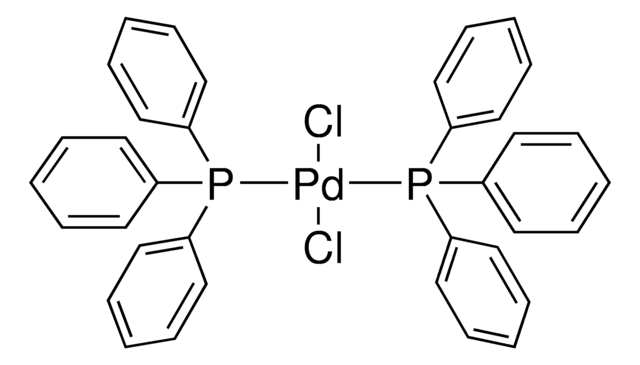

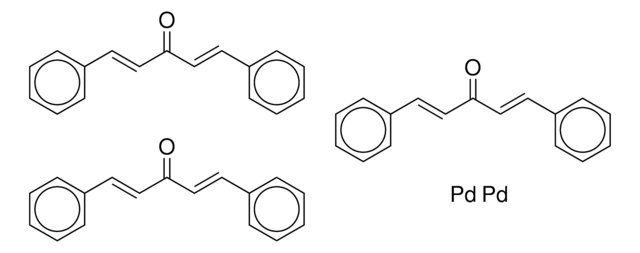


![[1,1′-Bis(diphenylphosphino)ferrocene]dichloropalladium(II)](/deepweb/assets/sigmaaldrich/product/structures/130/734/8846aa26-1858-458a-998d-8c306c13bf0f/640/8846aa26-1858-458a-998d-8c306c13bf0f.png)
